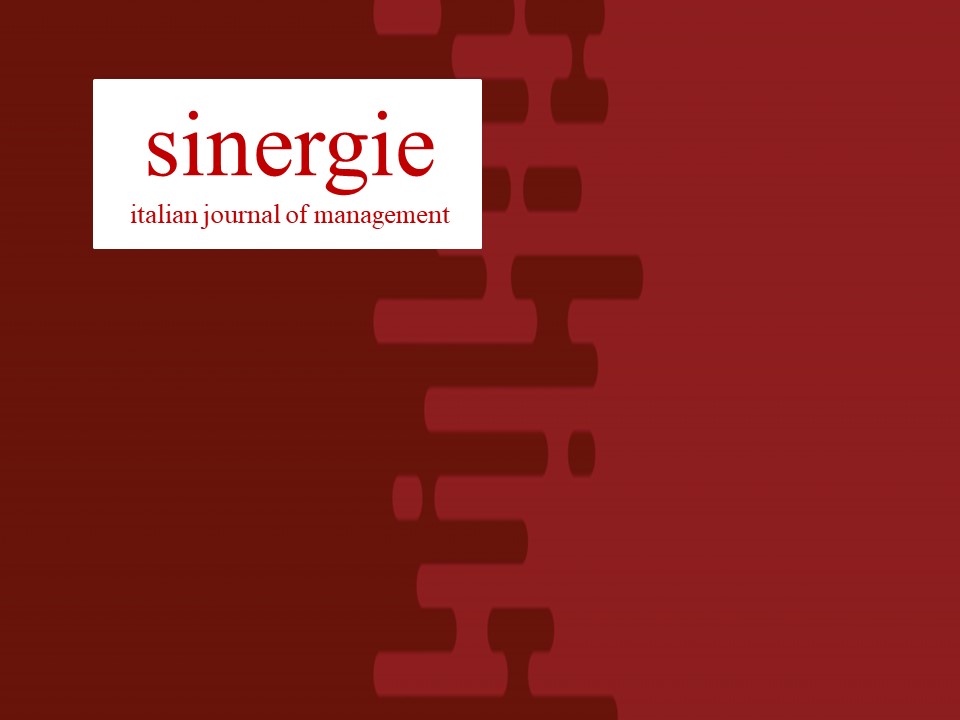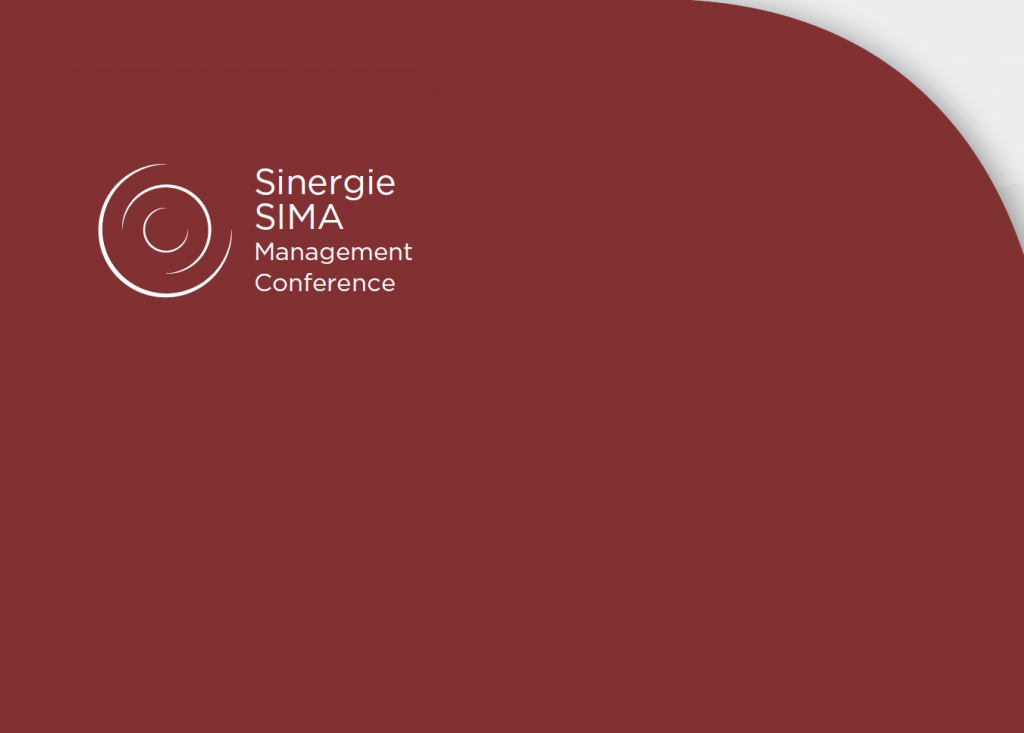Writing a term paper: A review of the Introduction to Writing
A term paper is a essay that students compose for an academic period. It often accounts for the majority of a final grade. Merriam Webster explains the term as “an essay written to or about a specific topic that is usually of academic significance.” The purpose of a term paper is to be understood and read within the class in which it’s distributed consequently, students are encouraged to read it with the class in mind.
Teachers assign term papers at the the end of a class as a class exercise in order to assist students in developing and expanding their interests and to consolidate their grades. In recent years, however this assignment has incurred its share of drawbacks, especially because of the reliance upon research papers. Students may find several term papers on similar topics while they work through their assignment. What do you do if your term paper is accepted?
The simplest solution is to integrate the research paper into the term paper as a supporting or complementing, topic. For instance, you could write the introduction and summary based on the same literature review, but change the review to select the topic that is more suitable for your term paper (e.g.an analysis of the critical aspects of the thesis). You could also utilize the review as a general reference for the body of the task. Making a connection between the reviewer’s topic and your own topic can help to support your argument, especially when you’re writing about the importance of a factor that is the primary argument in your paper. This is a great way to incorporate a review into your assignment.
You should also make a thorough attempt to come up with your own outline. This will require you to compile all your primary sources (the literature review, if it is separate from your term paper, as well as primary sources from other articles you’ve read, reviews and other data sources) and then constructing an outline to connect all the disparate pieces. You may want to think about making your own scenarios to connect the relevant data and arguments to the outline. You can develop the story and the premise to help you write an outline that impresses your professors.
The most free online sentence corrector crucial part of your research paper is likely the title page. Your title page is more than just a place to present the work you have done. It’s also the place where you describe your methodological ideas (also called the section on methodology) and write your conclusion and submit your work for review. There are a variety spelling and grammar checker free online of ways to create a title page. The most important thing is to find a straightforward method of expressing your ideas. Remember that your title page is ultimately a marketing tool, so you need to consider the most effective way to express the message you wish to say. Here are some guidelines to follow when formulating your title page
* Develop a clear story. In the opening section of many term papers students are given a short chapter or paragraph to peruse their assignment and get a sense of the main ideas they will be arguing within the paper. This chapter or paragraph can be used to define the major aspects of your research paper. Consider each idea one at a time and connect it to the main points. This allows you to seperate your thoughts and present them for review.
Create an effective title page that captures the essence of the term paper. It is important that your title page clearly explains your research methodology as well as the importance and significance of your research findings. Your audience will be able see the title page and the reasons you chose it. It must also summarize the entire part of the paper in a few sentences.
* Write an introduction. The introduction is the most crucial element of any term paper as this is where your readers will be introduced to the research method and primary ideas. Start with an engaging and enthralling opening sentence that draws readers and draws them to the section in the term paper in which you’ll conduct your research. The main idea should be stated and then the thesis statement. And finally, end with a your conclusion with a strong one. Beware of using the same old opening and closing sentence for each paragraph. If the subject and the paper are not directly connected, you may want to use the same opening and closing sentence for each paragraph. Your introduction should entice, excite, and draw the attention of your readers.


